Do you have a question about the Grundig YB500 and is the answer not in the manual?
Explains the meaning of various symbols and indicators on the LC display.
Describes the function of primary buttons and controls on the front panel.
Details headphone jack, output sockets, and power connection.
Explains how to extend, tilt, and rotate the telescopic aerial for optimal reception.
Describes the use of the ferrite aerial for MW and LW reception.
Details how to connect and use the AC adapter for mains power.
Covers battery installation, type, and how to check battery status.
Explains battery handling, environmental notes, and data retention during power loss.
Details the purpose and procedure for using the reset button.
Guides users on accessing and using the radio's menu system for various settings.
Covers using the swing-out stand and activating key-protect for safety.
Explains the transport lock and how to enter data directly using numeric buttons.
Lists and explains various hints (e.g., *RDS) and error messages (e.g., **TIMER) appearing on the display.
Details how to adjust the volume and select sound output modes (NORMAL/BOOST).
Explains how to adjust the tone for MUSIC or SPEECH reproduction.
Guides on selecting the FM and AM wavebands and tuning the last received station.
Introduces the pre-programmed ROM table containing frequencies for worldwide SW stations.
Guides on selecting SW frequencies, including potential issues like multiple uses or poor reception.
Explains the process of entering station codes and using the MEMORY button to recall ROM table entries.
A step-by-step guide for first-time shortwave reception, focusing on battery/AC connection and aerial extension.
Details how to tune FM stations and use the automatic station search function.
Explains tuning for AM bands (MW, LW, SW) and frequency scanning.
Guides on entering specific frequencies directly using numeric buttons.
Details how to enter SW meter bands and provides a reference table of bands and frequencies.
Explains how to store frequencies and associated states in memory locations.
Describes how to check if a frequency is already stored and indicates free/full memory.
Guides on checking memory locations before storing to avoid overwriting.
Details the process of storing a station into a specific memory location.
Explains how to add station names (abbreviations) to memory locations.
Describes how to retrieve stations from memory using their assigned numbers.
Explains how to scan through occupied memory locations sequentially.
Details the procedure for clearing a specific station memory location.
Guides on setting a time for the radio to automatically switch off.
Explains how to set the primary and secondary clock times.
Describes how to switch between and view the two clock time indications.
Details setting up wake-up alarms by radio or sound signal.
Guides on programming specific switch-on and switch-off times for automated operation.
Explains how to check programmed switching times and alarm modes.
Details using the AUTO button to activate or deactivate automatic switching features.
Describes the snooze button for interrupting alarms and disabling automatic functions.
Guides on using the radio's timer functions to control external cassette recorder.
Explains the RDS system, programme identification, and RDS quality indication.
Details how to find and tune to alternative frequencies for a selected FM station.
Explains how to tune and listen to SSB broadcasts on SW bands.
Describes using the fine tuning control to optimize reception on AM bands.
Explains the meaning of various symbols and indicators on the LC display.
Describes the function of primary buttons and controls on the front panel.
Details headphone jack, output sockets, and power connection.
Explains how to extend, tilt, and rotate the telescopic aerial for optimal reception.
Describes the use of the ferrite aerial for MW and LW reception.
Details how to connect and use the AC adapter for mains power.
Covers battery installation, type, and how to check battery status.
Explains battery handling, environmental notes, and data retention during power loss.
Details the purpose and procedure for using the reset button.
Guides users on accessing and using the radio's menu system for various settings.
Covers using the swing-out stand and activating key-protect for safety.
Explains the transport lock and how to enter data directly using numeric buttons.
Lists and explains various hints (e.g., *RDS) and error messages (e.g., **TIMER) appearing on the display.
Details how to adjust the volume and select sound output modes (NORMAL/BOOST).
Explains how to adjust the tone for MUSIC or SPEECH reproduction.
Guides on selecting the FM and AM wavebands and tuning the last received station.
Introduces the pre-programmed ROM table containing frequencies for worldwide SW stations.
Guides on selecting SW frequencies, including potential issues like multiple uses or poor reception.
Explains the process of entering station codes and using the MEMORY button to recall ROM table entries.
A step-by-step guide for first-time shortwave reception, focusing on battery/AC connection and aerial extension.
Details how to tune FM stations and use the automatic station search function.
Explains tuning for AM bands (MW, LW, SW) and frequency scanning.
Guides on entering specific frequencies directly using numeric buttons.
Details how to enter SW meter bands and provides a reference table of bands and frequencies.
Explains how to store frequencies and associated states in memory locations.
Describes how to check if a frequency is already stored and indicates free/full memory.
Guides on checking memory locations before storing to avoid overwriting.
Details the process of storing a station into a specific memory location.
Explains how to add station names (abbreviations) to memory locations.
Describes how to retrieve stations from memory using their assigned numbers.
Explains how to scan through occupied memory locations sequentially.
Details the procedure for clearing a specific station memory location.
Guides on setting a time for the radio to automatically switch off.
Explains how to set the primary and secondary clock times.
Describes how to switch between and view the two clock time indications.
Details setting up wake-up alarms by radio or sound signal.
Guides on programming specific switch-on and switch-off times for automated operation.
Explains how to check programmed switching times and alarm modes.
Details using the AUTO button to activate or deactivate automatic switching features.
Describes the snooze button for interrupting alarms and disabling automatic functions.
Guides on using the radio's timer functions to control external cassette recorder.
Explains the RDS system, programme identification, and RDS quality indication.
Details how to find and tune to alternative frequencies for a selected FM station.
Explains how to tune and listen to SSB broadcasts on SW bands.
Describes using the fine tuning control to optimize reception on AM bands.
| FM Frequency Range | 87.5 - 108 MHz |
|---|---|
| Tuning | Digital |
| Display | LCD |
| Speaker | Built-in |
| Headphone Jack | Yes |
| Type | Portable Radio |
| Frequency Bands | FM, MW, SW |
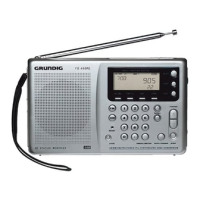
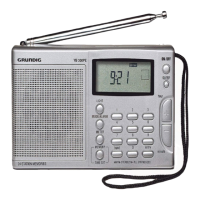
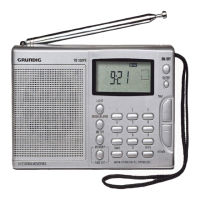
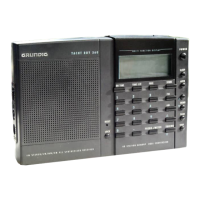
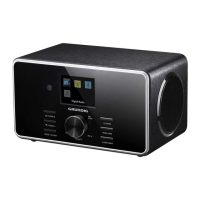
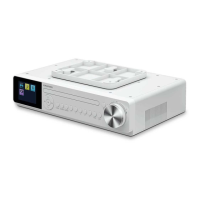
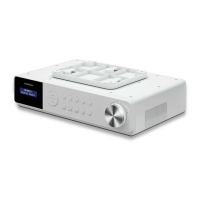
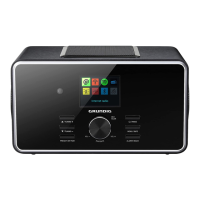
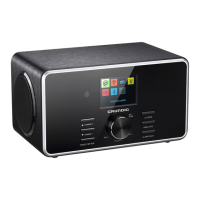
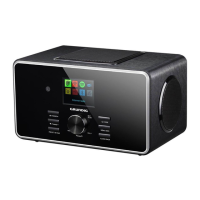
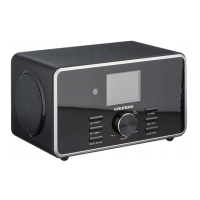

